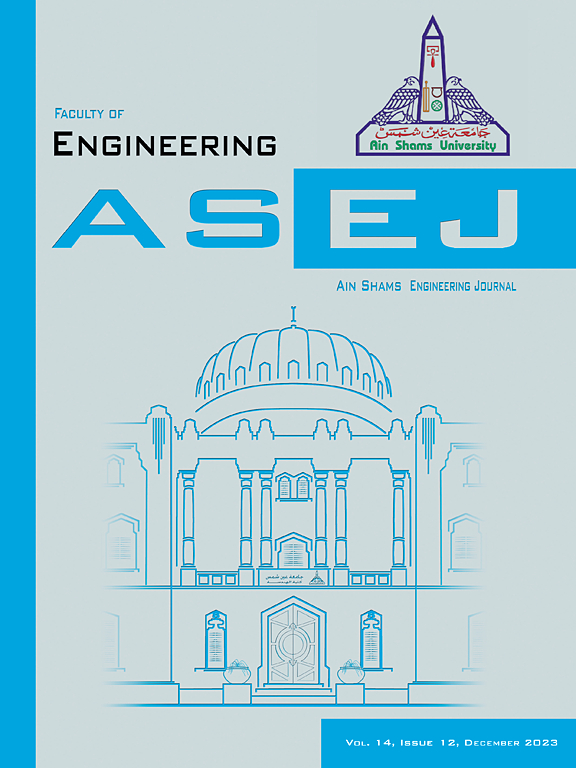Adaptive deep residual network for image denoising across multiple noise levels in medical, nature, and satellite images
IF 6
2区 工程技术
Q1 ENGINEERING, MULTIDISCIPLINARY
引用次数: 0
Abstract
This research introduces the Adaptive Deep Residual Network (AdResNet), a deep convolutional neural network designed for effective image denoising in computer vision applications. Configured with the Adaptive White Shark Optimizer (AWSO), AdResNet removes noise while preserving key visual features. The model is tested on multiple noise types (Gaussian, Salt-and-Pepper, Poisson, and mixed noise) at various intensity levels, demonstrating versatility. Evaluations across medical, natural, and satellite images ensure its robustness for real-world applications. AdResNet achieves superior denoising results, with low Mean Squared Error (MSE), high Peak Signal-to-Noise Ratio (PSNR), and high Structural Similarity Index Measure (SSIM). For example, the model recorded average metrics of MSE 13.61, PSNR 48.81 dB, and SSIM 0.96 on medical images, highlighting its efficacy. These results confirm AdResNet’s suitability for applications requiring high image quality, such as medical and satellite imaging.
求助全文
约1分钟内获得全文
求助全文
来源期刊

Ain Shams Engineering Journal
Engineering-General Engineering
CiteScore
10.80
自引率
13.30%
发文量
441
审稿时长
49 weeks
期刊介绍:
in Shams Engineering Journal is an international journal devoted to publication of peer reviewed original high-quality research papers and review papers in both traditional topics and those of emerging science and technology. Areas of both theoretical and fundamental interest as well as those concerning industrial applications, emerging instrumental techniques and those which have some practical application to an aspect of human endeavor, such as the preservation of the environment, health, waste disposal are welcome. The overall focus is on original and rigorous scientific research results which have generic significance.
Ain Shams Engineering Journal focuses upon aspects of mechanical engineering, electrical engineering, civil engineering, chemical engineering, petroleum engineering, environmental engineering, architectural and urban planning engineering. Papers in which knowledge from other disciplines is integrated with engineering are especially welcome like nanotechnology, material sciences, and computational methods as well as applied basic sciences: engineering mathematics, physics and chemistry.
 求助内容:
求助内容: 应助结果提醒方式:
应助结果提醒方式:


